Acoustic windows Services in Dubai
Our innovative acoustic windows services significantly reduce noise pollution, creating a serene environment that fosters focus, improved communication, and a sense of well-being. Making a world where traffic noise doesn’t intrude on your afternoon nap, conversations flow freely in your office, and your home become more peaceful.
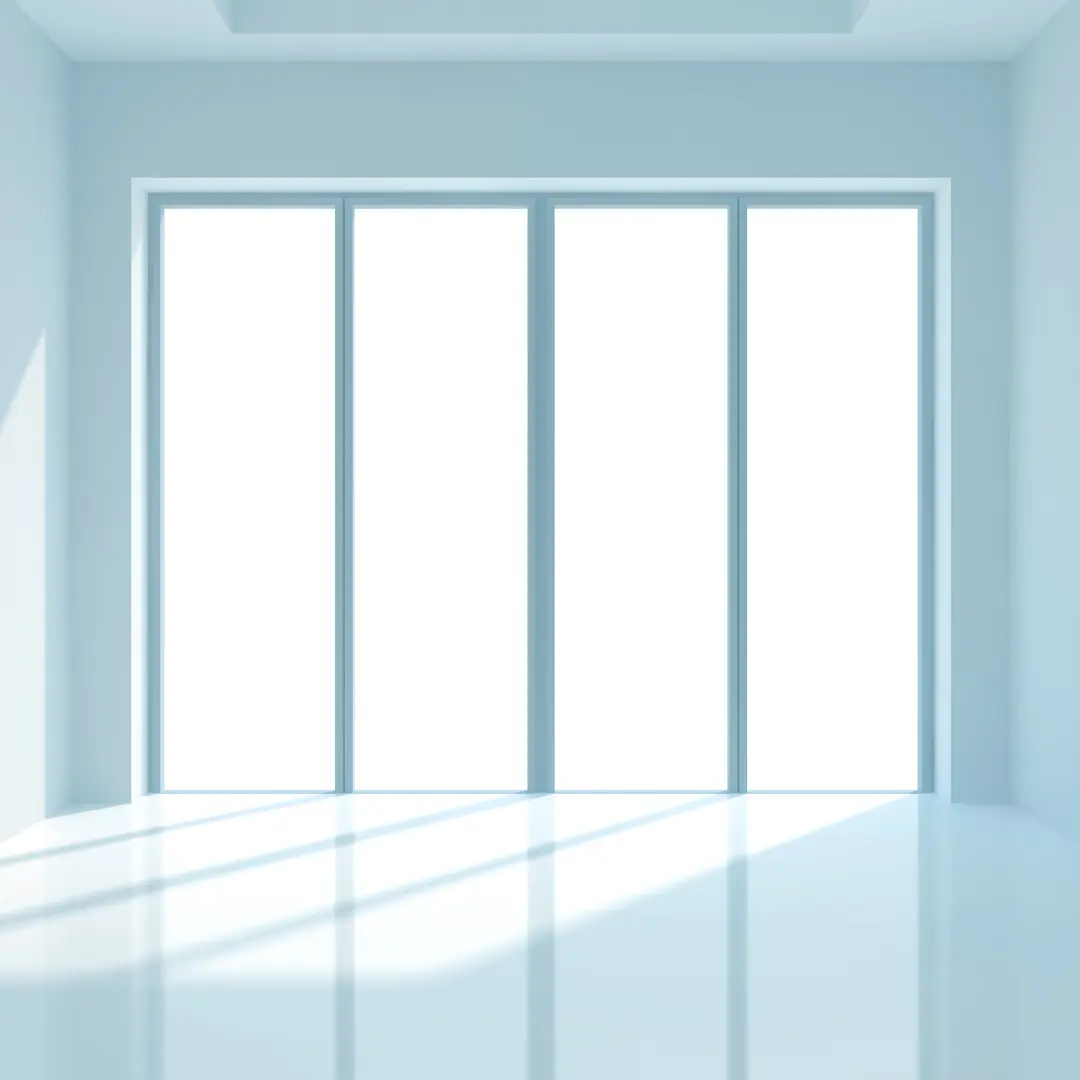
What Are Acoustic Windows?
Acoustic windows, also known as soundproof windows, are specifically designed to block unwanted noise from entering a building. They typically consist of multiple glass panes separated by an insulating layer, often air or gas. This layered construction disrupts sound waves, significantly reducing noise transmission. Imagine sound waves as ripples on a pond. A single pane of glass acts like a smooth surface, allowing the ripples to pass through easily. Acoustic windows, with their multiple panes and air gaps, are like throwing pebbles in the water – they create disturbances that dampen the original wave, reducing its overall impact.
Key Advantages of Acoustic Windows:
Stress Mitigation:
Chronic noise exposure can lead to elevated cortisol levels, a key stress hormone. Acoustic windows significantly reduce noise transmission, fostering a calmer and more relaxed environment that demonstrably lowers stress markers, promoting occupant well-being.
Enhanced Cognitive Performance:
Research indicates that chronic noise exposure can impair cognitive function, including memory, concentration, and decision-making. By mitigating noise pollution, acoustic windows contribute to improved cognitive performance in occupants.
Highly Desirable Amenity:
Acoustic windows are a highly sought-after amenity in modern properties, especially in urban environments or near busy roads. This demonstrably increases the resale value of your home or office space.
Enhanced Aesthetic Appeal:
Acoustic windows often come in sleek and modern designs that can elevate the overall aesthetics of your building, demonstrably improving curb appeal and marketability.
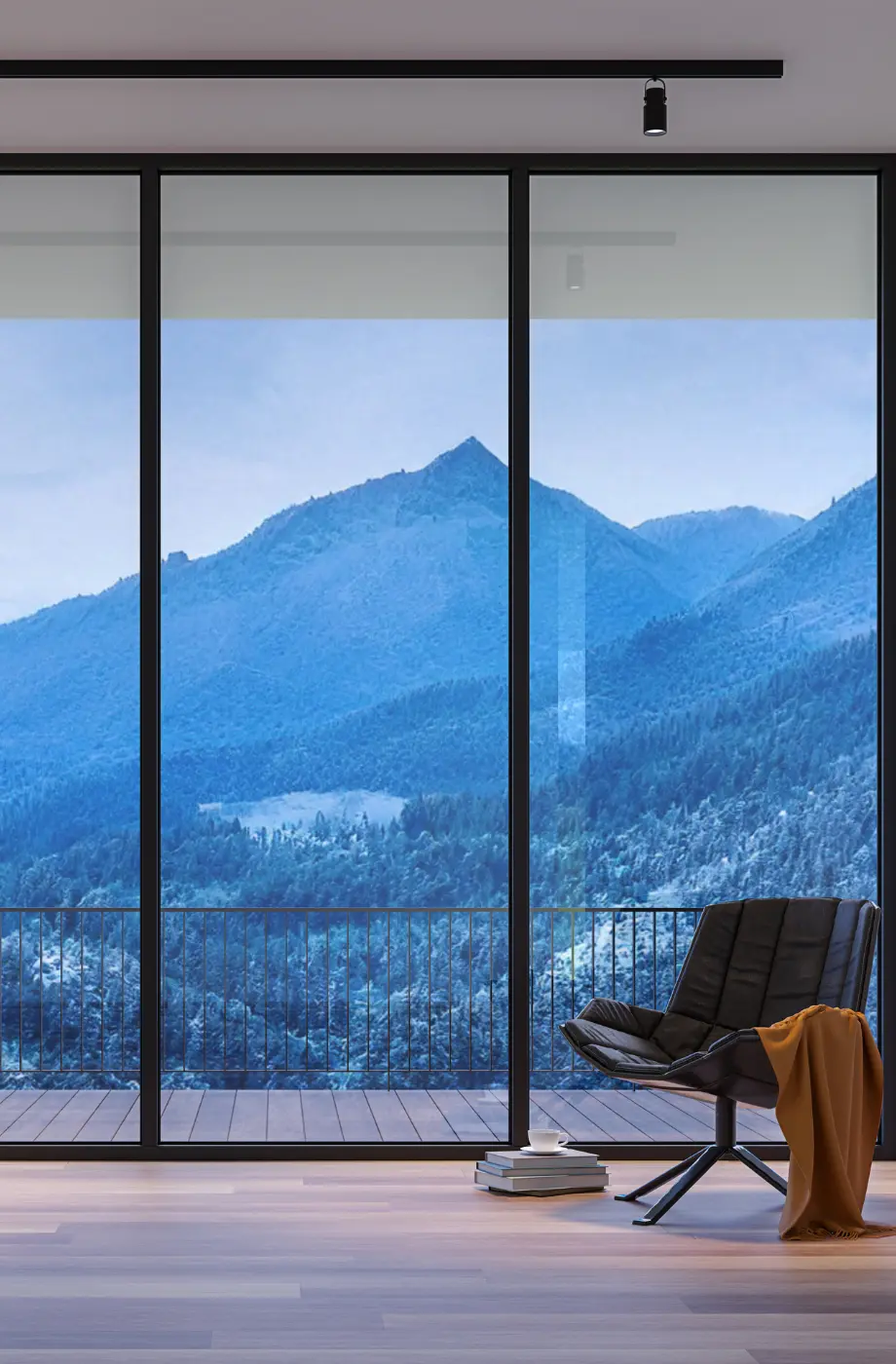
Types of Acoustic Windows:
When it comes to achieving a peaceful and serene environment, Waseem Technical Services offers a range of acoustic window solutions to combat unwanted noise pollution. Here’s a closer look at the two main types of acoustic windows we offer, each with its unique advantages:
Double Glazed Windows:
Double glazed windows are a popular and cost-effective choice for mitigating moderate noise levels. These windows feature two separate panes of high-quality glass, typically ¼ inch to ½ inch thick, separated by an air gap. This seemingly simple design is remarkably effective in reducing noise transmission.
The Science Behind the Silence:
Sound waves travel best through solid materials. The air gap in double glazed windows disrupts this process. When a sound wave hits the first pane of glass, it vibrates. This vibration needs to transfer across the air gap to vibrate the second pane and continue its journey indoors. The air gap significantly weakens the sound wave’s energy, reducing the overall noise level entering your space.
Benefits of Double Glazed Windows:
- Cost-Effective: Double glazed windows offer a budget-friendly solution for combating everyday noise pollution like traffic hum or conversations from neighboring apartments.
- Improved Thermal Insulation: The air gap between the panes also acts as an insulator, helping to regulate indoor temperature. This can lead to reduced energy costs for heating and cooling your building.
- Easy Maintenance: These windows require minimal upkeep. Regular cleaning with a mild detergent and soft cloth is sufficient.
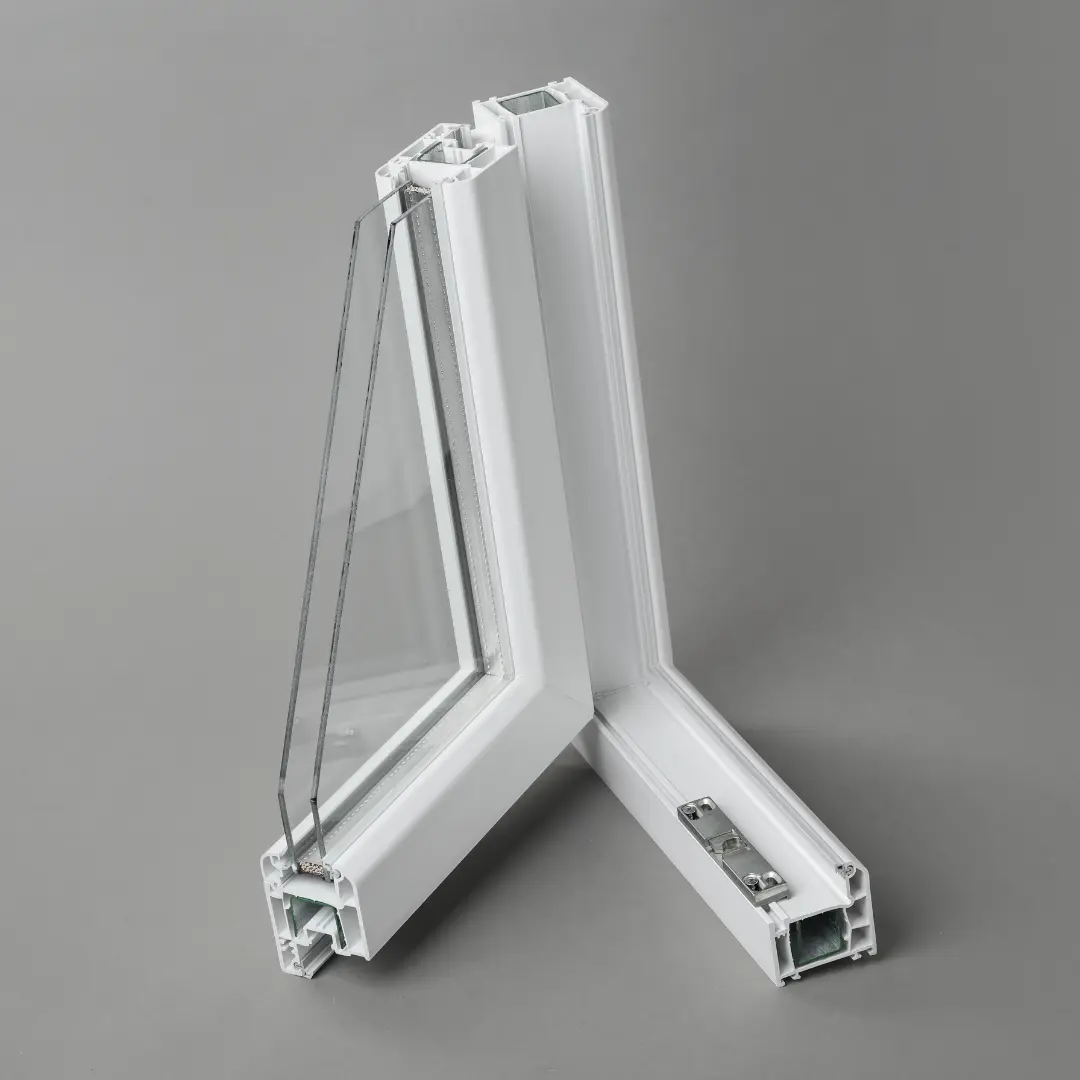

Acoustic Laminated Glass Windows:
For situations requiring the highest level of noise reduction, acoustic laminated glass windows are the ultimate solution. These windows feature two or more panes of glass bonded together with a special interlayer, typically made of polyvinyl butyral (PVB). This PVB interlayer is the key to achieving superior soundproofing.
Unveiling the Power of PVB:
Similar to double glazed windows, sound waves first encounter a pane of glass in laminated windows. However, the PVB interlayer plays a crucial role here. This innovative material absorbs a significant amount of the sound wave’s energy, dampening its vibration and significantly reducing its ability to transmit through the second glass pane and into your interior space.
Advantages of Acoustic Laminated Glass Windows:
- Superior Noise Reduction: Laminated glass windows offer the highest level of noise reduction achievable in windows. The PVB interlayer effectively combats even the most intrusive sounds, making them ideal for environments with significant noise pollution like busy streets, construction zones, or airplane flyovers.
- Enhanced Security: The PVB interlayer makes laminated glass windows more resistant to breakage than standard glass. Even if the glass cracks, the PVB interlayer holds the panes together, minimizing the risk of shattering and improving overall security.
- Blocks UV Rays: Laminated glass can incorporate a UV protective film within the PVB interlayer, blocking harmful ultraviolet rays from entering your home or office, protecting furniture and interior finishes from fading.
Applications of Acoustic Windows
HOME
Auditoriums
hotels
Office
libraries
Restuarants
Components of Acoustic Windows
Here’s a detailed breakdown of the essential components that work in unison to deliver exceptional soundproofing performance:
Multiple Glass Panes:
The core element of any acoustic window system is the utilization of multiple high-performance glass panes. Double glazed windows typically employ two panes, while laminated glass windows may incorporate three or more. The strategic selection of glass thickness, ranging from ¼ inch to ½ inch, plays a crucial role in disrupting sound wave transmission. These panes as a series of robust barriers, each working progressively to weaken incoming sound waves through mass law principles.
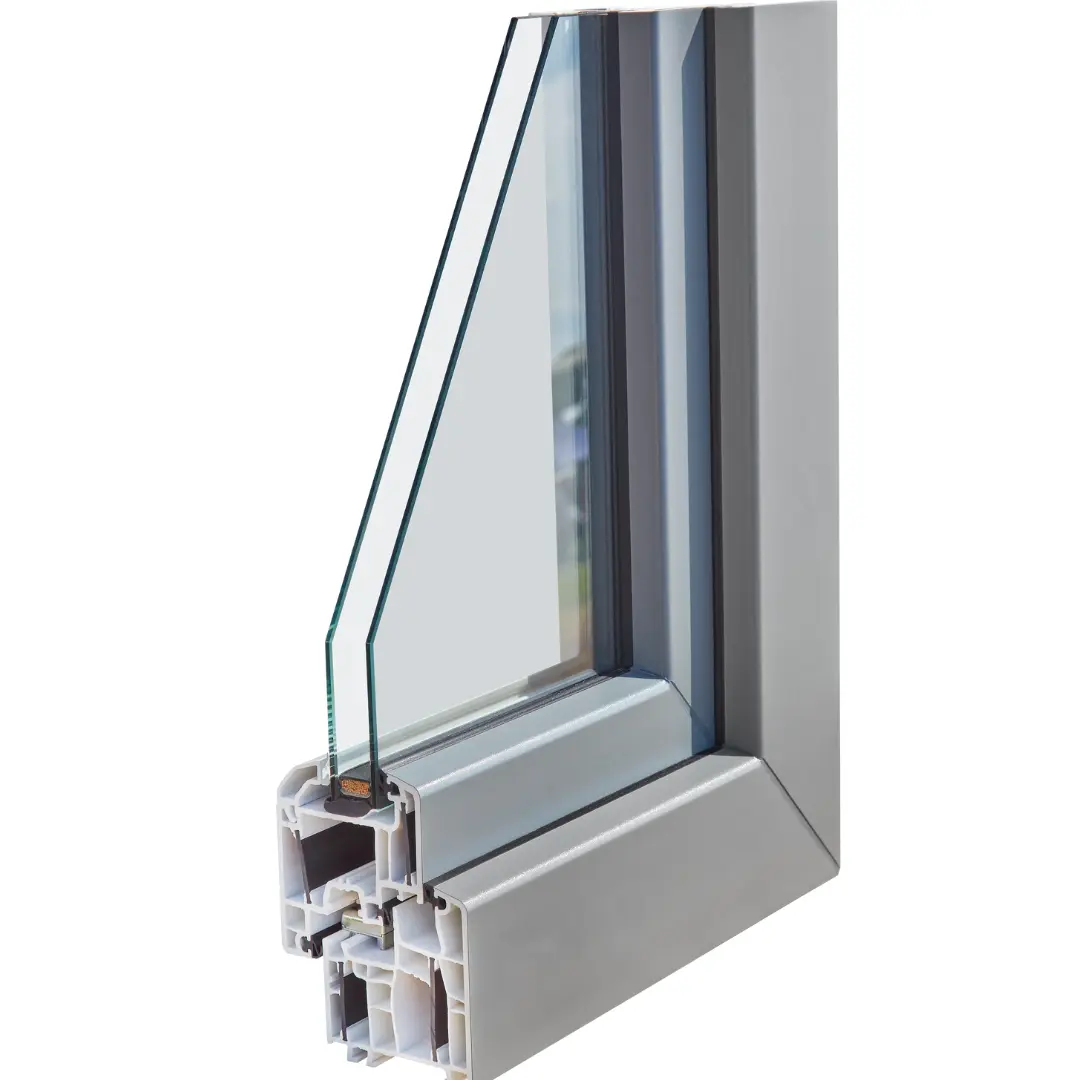
Insulating Layer:
Nestled between the glass panes lies a critical element – the insulating layer. This layer can be either an air gap or a gas-filled cavity. Air gaps are a common and effective choice, while some advanced windows utilize inert gases like argon or krypton. These gases offer increased density compared to air, further enhancing soundproofing capabilities. Regardless of the material, the insulating layer serves a crucial purpose. Sound waves travel most efficiently through solid mediums. The insulating layer disrupts this transfer of energy. When a sound wave strikes the first glass pane, it vibrates and transmits this vibration to the air gap or gas cavity. However, unlike a solid medium, the air gap or gas absorbs a significant portion of this energy, effectively dampening the sound wave’s intensity before it reaches the second pane of glass.
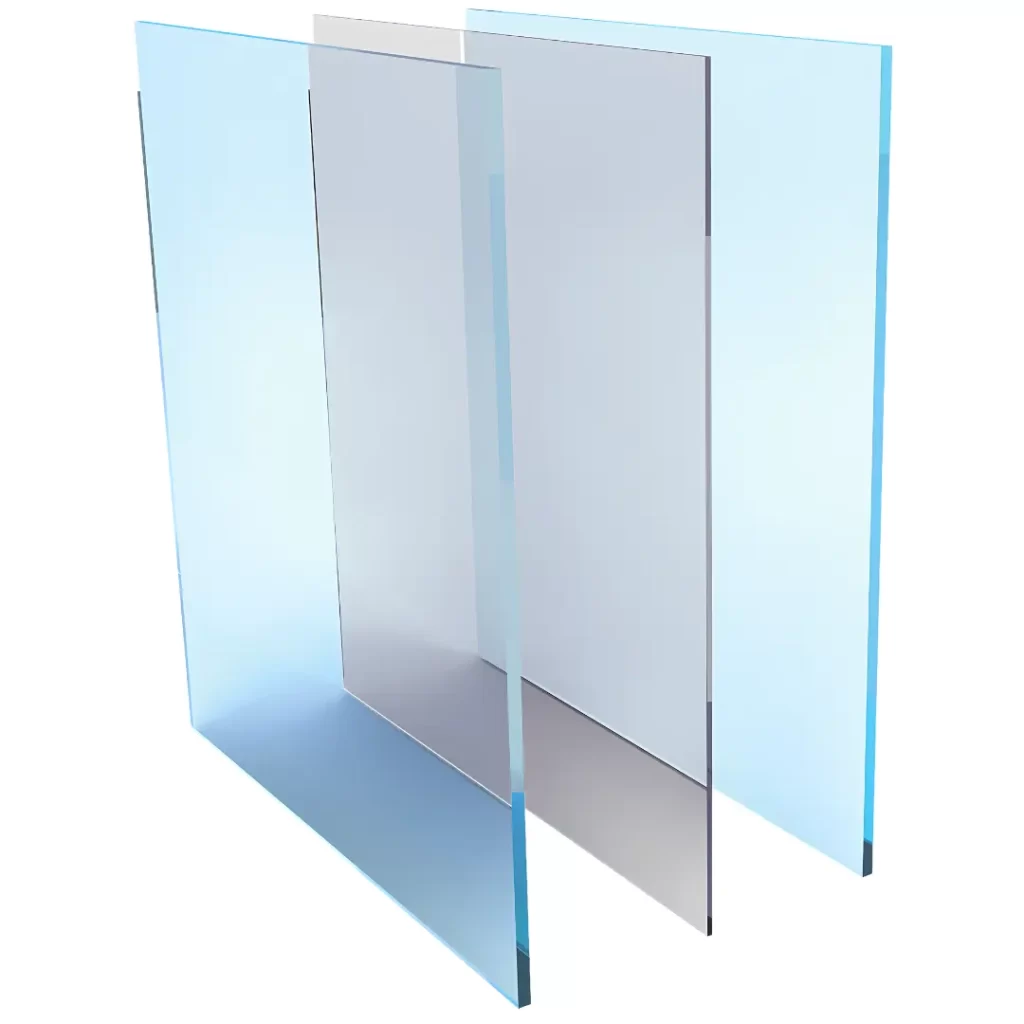
Sealing System:
Even the most meticulously designed window system can be compromised by an inadequate seal. Acoustic windows feature a robust sealing system around the entire perimeter of the window frame. This seal is typically comprised of high-quality silicone or rubber, ensuring a tight and consistent fit between the window frame and the glass panes. The sealing system acts as the final line of defense, preventing even the most miniscule sound leaks from penetrating the window and disrupting the tranquility of the interior space. Imagine the sealing system as a vigilant guardian, meticulously maintaining acoustic integrity by ensuring no unwanted noise finds its way through.
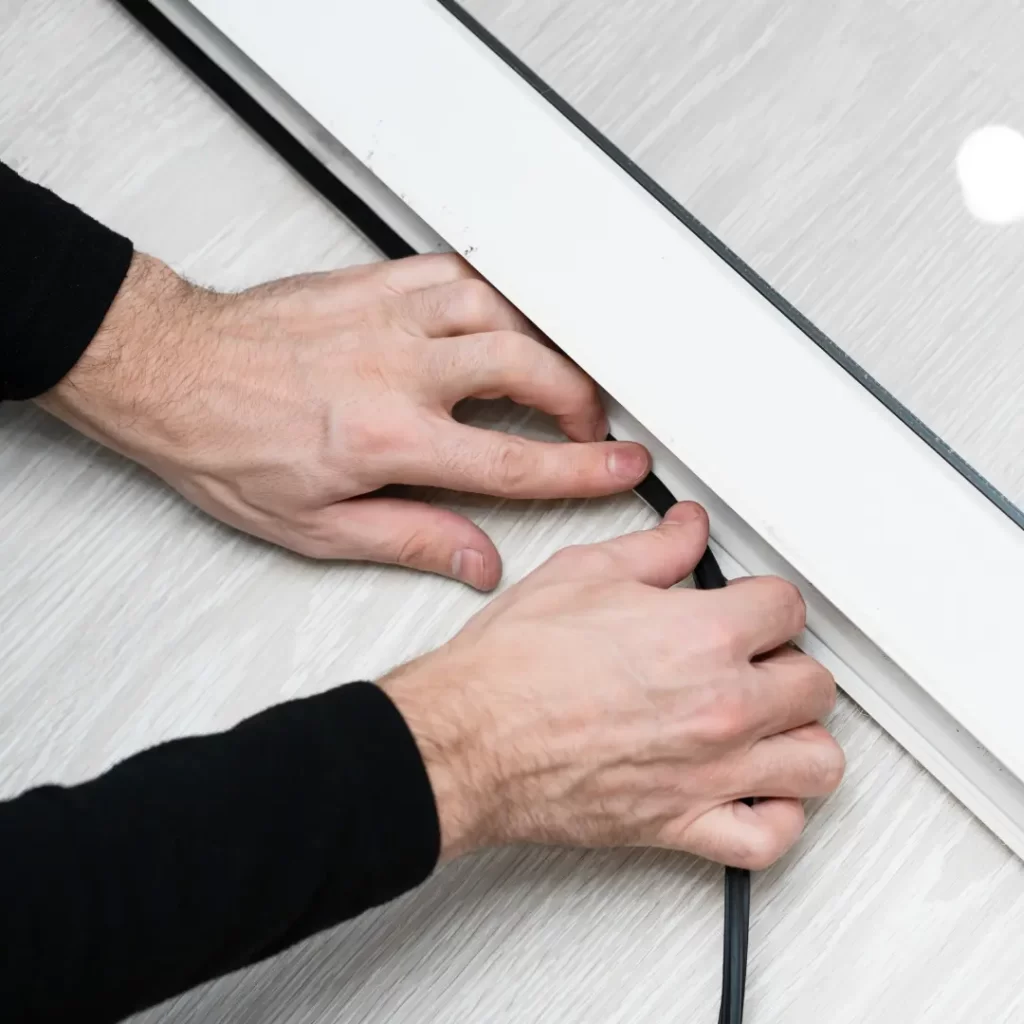
Reviews About Our Acoustic Windows Services
Frequently Asked Questions
The effectiveness of acoustic windows depends on the type of window and its Sound Transmission Class (STC) rating. STC is a measurement of how well a window reduces noise. Double glazed windows typically offer STC ratings in the 30s, while laminated glass windows can achieve ratings in the 40s or higher. The higher the STC rating, the better the noise reduction.
Yes! Acoustic windows with laminated glass can provide additional benefits like:
- Enhanced Security: The PVB interlayer makes laminated glass windows more resistant to breakage than standard glass.
- UV Protection: Laminated glass can incorporate a UV protective film within the PVB interlayer, blocking harmful ultraviolet rays from entering your home or office.
The best type of acoustic window for you depends on your specific needs and budget. Consider the noise levels you’re trying to reduce, desired level of noise reduction, and aesthetic preferences. Waseem Technical Services offers consultations to help you choose the optimal solution.
The cost of acoustic windows can vary depending on several factors, including:
- Type of window: Double glazed windows are typically less expensive than laminated glass windows.
- Size and complexity: Larger windows or windows with more complex designs will be more expensive.
- Brand and quality: Higher-end brands and windows often offer better soundproofing and durability, which can lead to a higher price tag.
Waseem Technical Services provides free consultations to help you estimate the cost of acoustic windows for your specific needs.
Yes! The insulating properties of acoustic windows, particularly the air gap or gas-filled cavity, can help regulate indoor temperature. This can potentially reduce energy costs for heating and cooling your building.
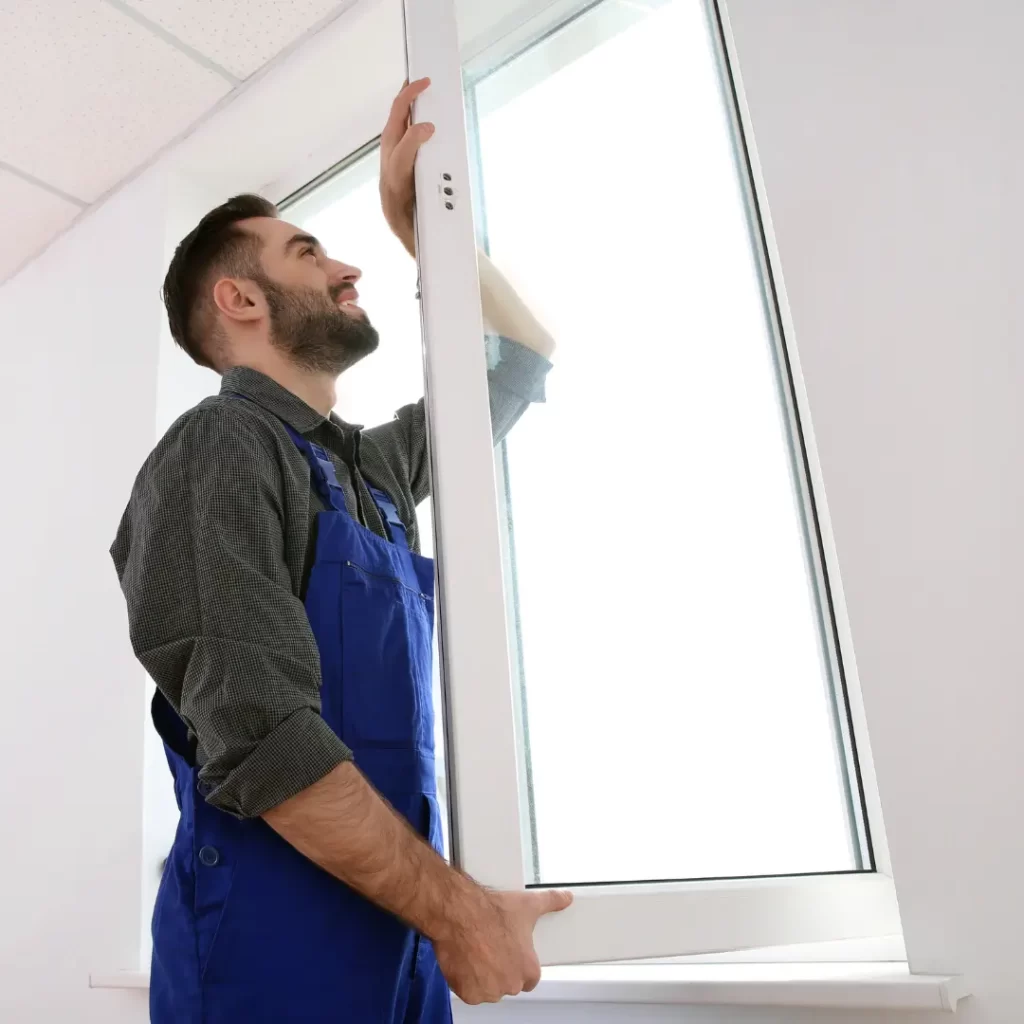
Breathe Easy & Enjoy the Quiet
Invest in a peaceful environment – get a quote for acoustic windows today!
